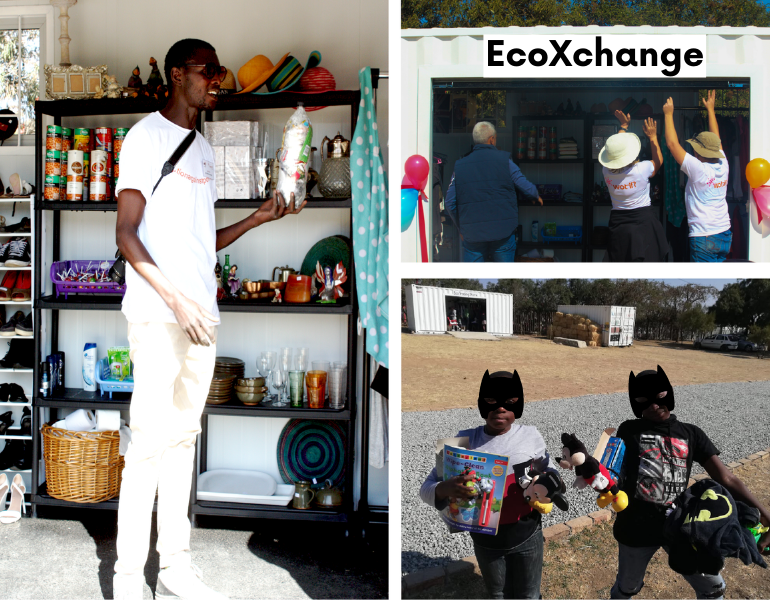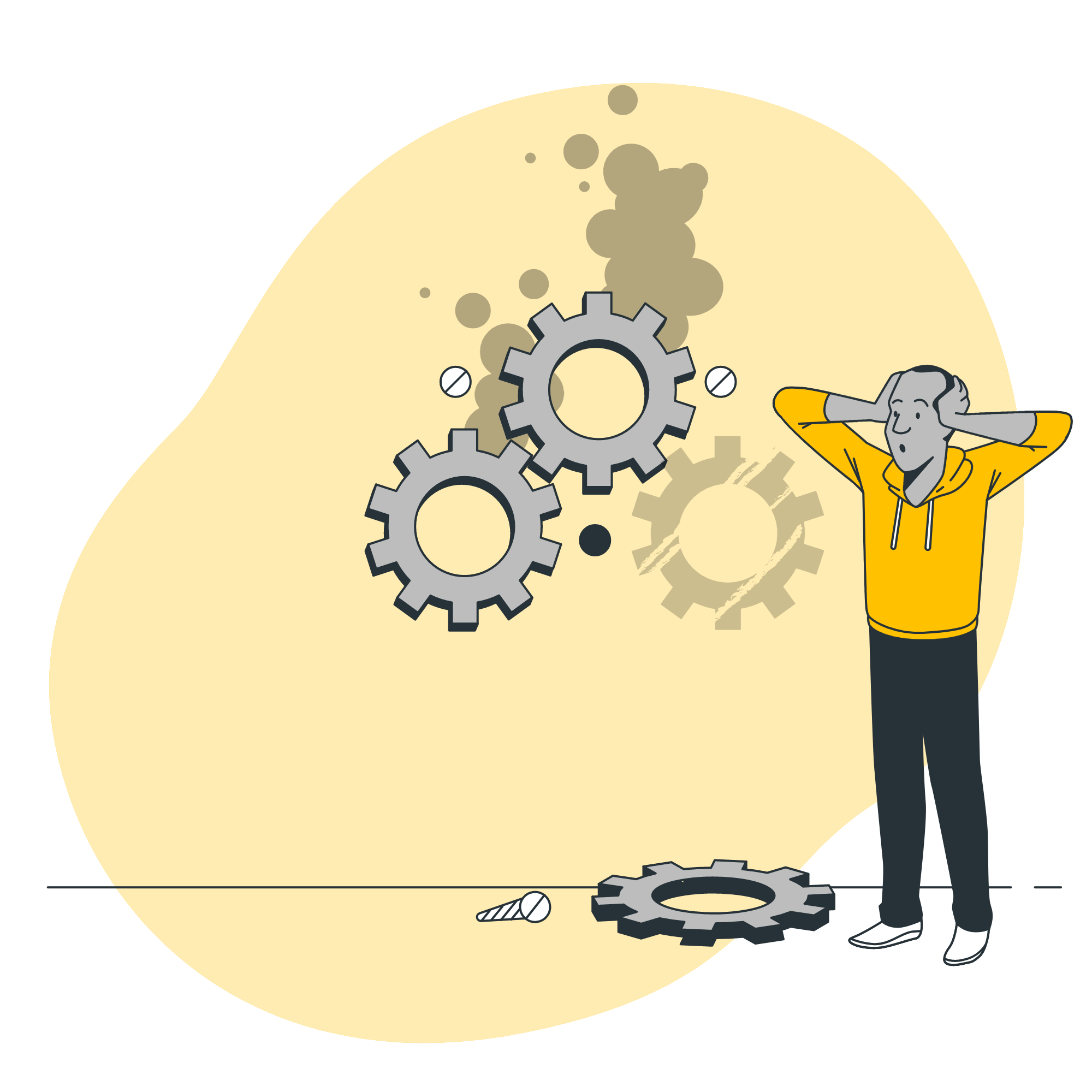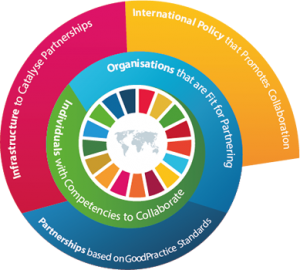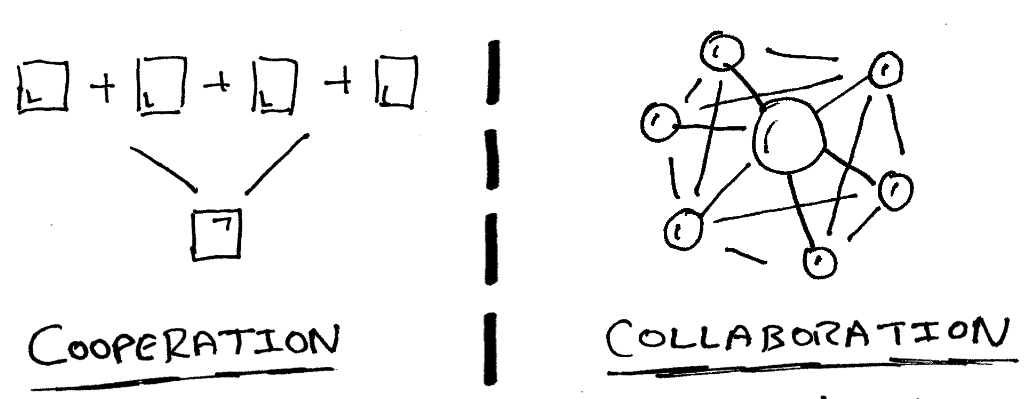A transformative venture is redefining urban logistics and catalyzing the green economy: Stroom.

Stroom designs and manufactures electric cargo bikes (e-cargo bikes) tailored for last-mile delivery, offering a sustainable alternative to traditional delivery vehicles.
By integrating social innovation with environmental stewardship, Stroom is not only reducing carbon emissions but also creating economic opportunities in underserved communities.
Continue Reading

The EcoXchange programme is setting a new benchmark for the term "innovation". The team at the WOT-IF? Trust has come up with a methodology that supports aspiring entrepreneurs, protects the dignity of participants and addresses the plastic polution problem in the Diepsloot area. The EcoBricks used as currency at the EcoXchange has grown in such popularity, it is now providing the building material (either directly or indirectly) for a school built by another FGO in the area.
Continue Reading

Ecosystems can react to today’s big change faster and more flexible.
Continue Reading

A lot about the more theoretical part behind the ecosystem thinking and its resulting challenges are shared in this article. Its connection and differentiation from platform use was explored in a conversation between author Matthias Walker and Prof Julian Kawohl.
Continue Reading

I love the headline and wish it were mine. It comes from an interview with Bill Drayton (Founder, Ashoka) by Dana S. Gulley
Drayton notes that for the last three centuries, the rate of change and the degree and extent of interconnection have both been increasing exponentially.
Authored by Janice Scheckter
Continue Reading

Imagine a world where former gangsters and informal workers become social leaders and women living with HIV are pioneering healthcare workers. A new generation of social-change leaders is doing just this, showing us a new way to overcome systemic and structural barriers at scale.
Authored by Francois Bonnici and Cynthia Rayner
Continue Reading
L’AUTEURE: Caroline Plante

Continue Reading
It’s the age-old question asked by development professionals everywhere. Your donor retention strategy, getting donors to give again, can be the make or break or your organisation. The confusion persists because frankly, nonprofits still struggle to keep donor retention rates high. By some accounts, only 43% of donors give again the following year. The retention rate for first-time donors plummets even further, to 27 percent.
Continue Reading

By Darian Stibbe, Executive Director of The Partnering Initiative
For collaboration to contribute at scale to the SDGs, significant investment in the overall enabling infrastructure, capacity and environment for partnering is required.
Continue Reading

With more and more sources showing the value of using collabration to increase impact, we decided to take a deeper look.
In this short blog by John Spencer, he uses a video and diagram to better explain the difference between these concepts and comes to an interesting conclusion.
Continue Reading








